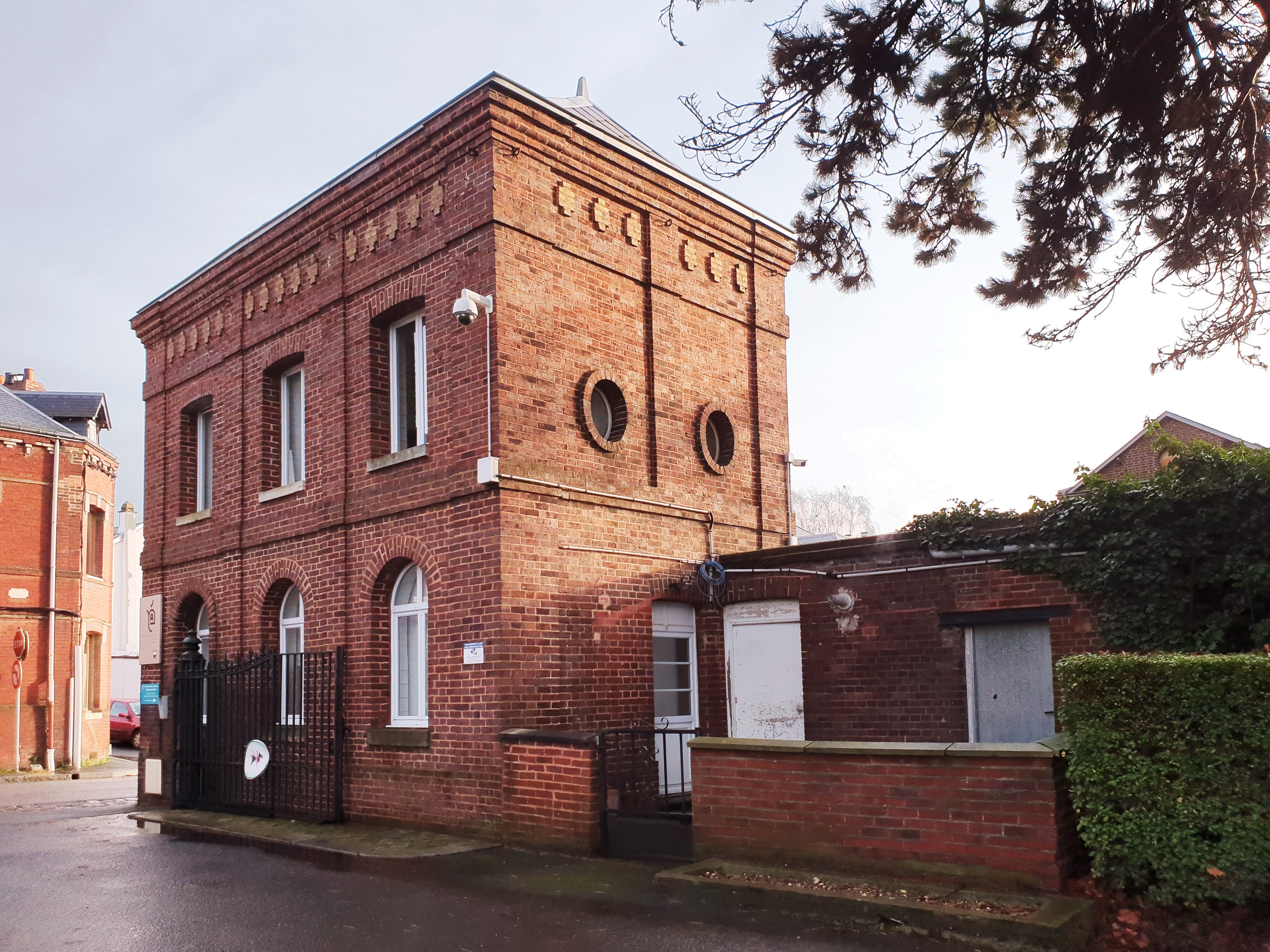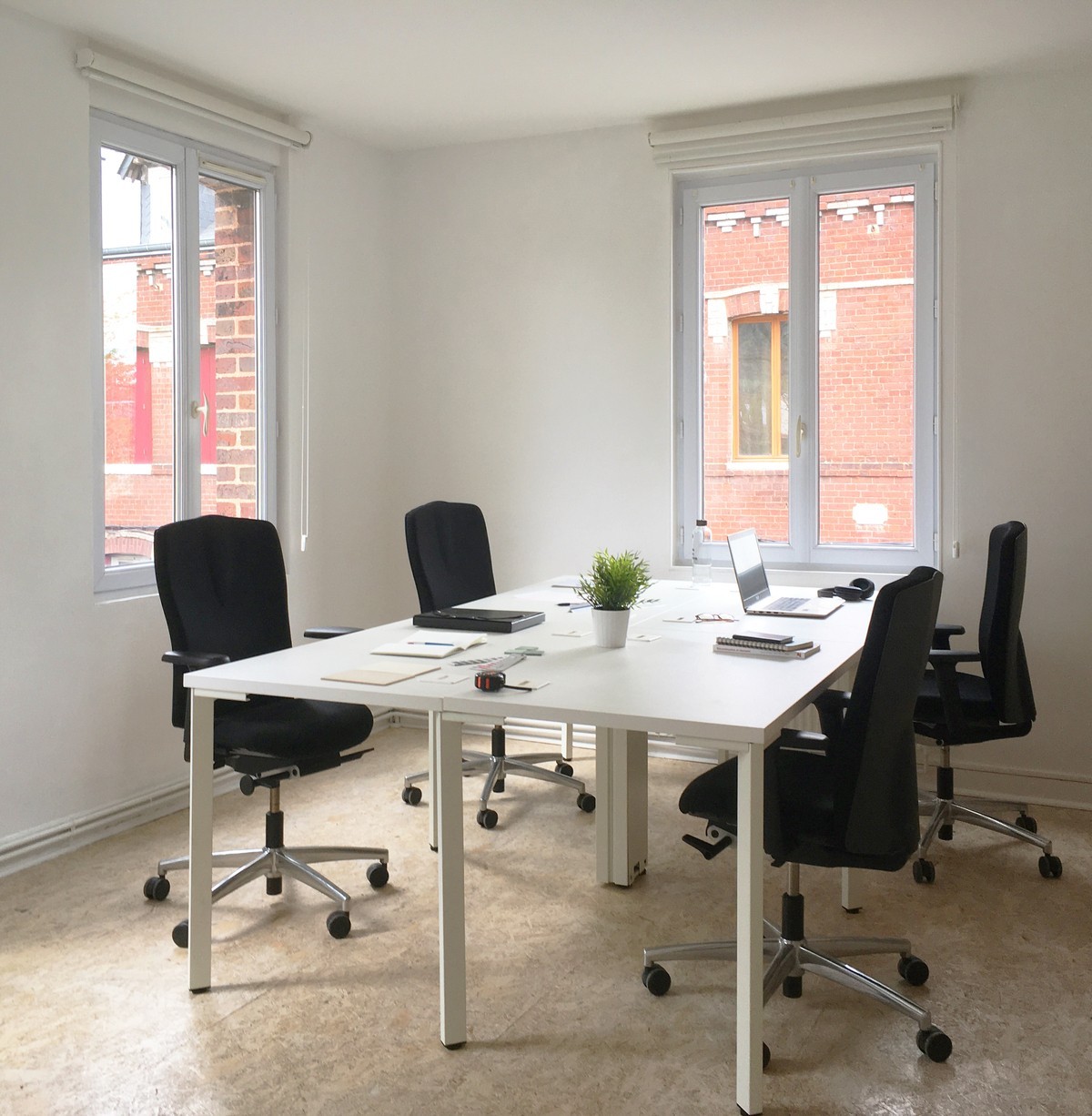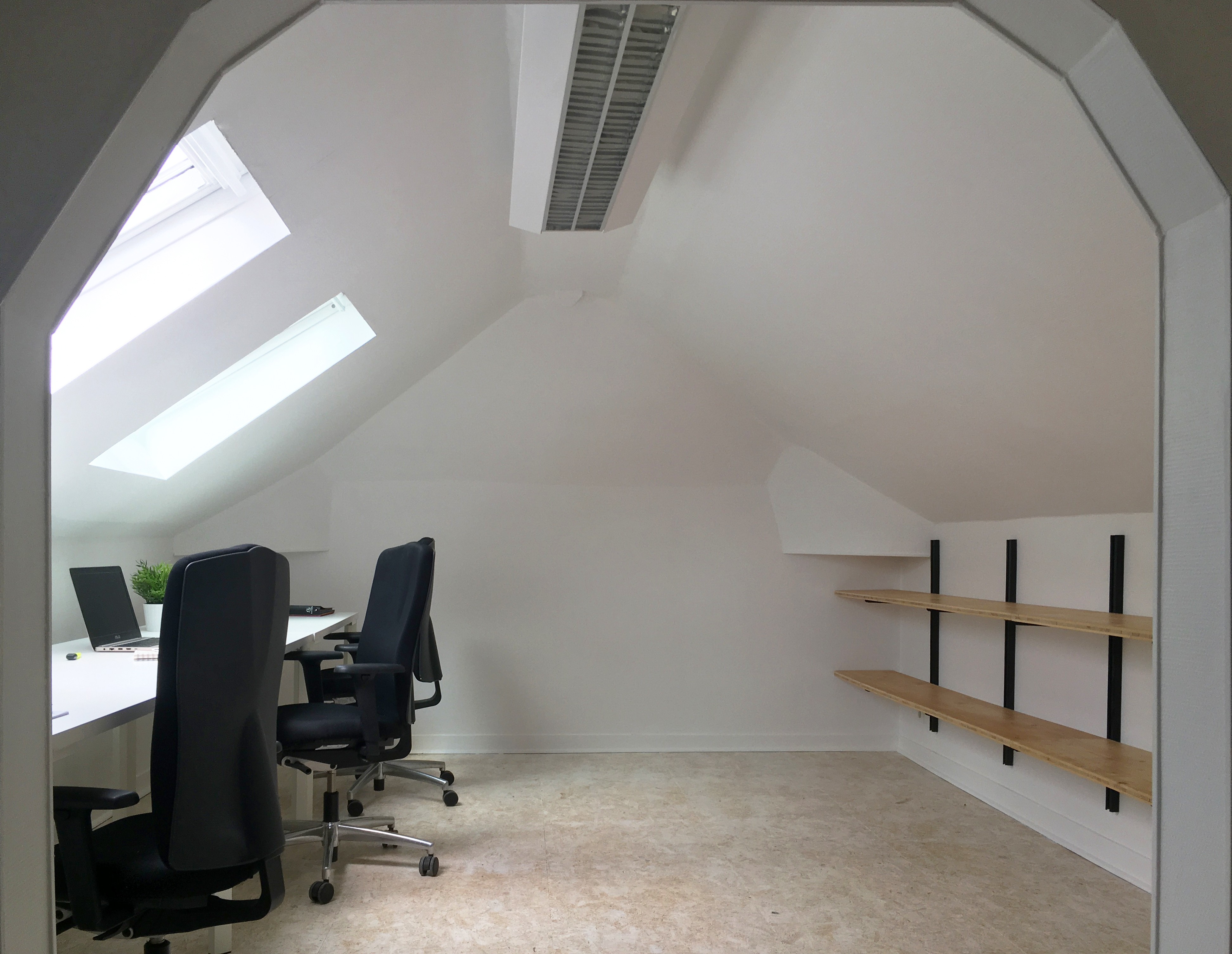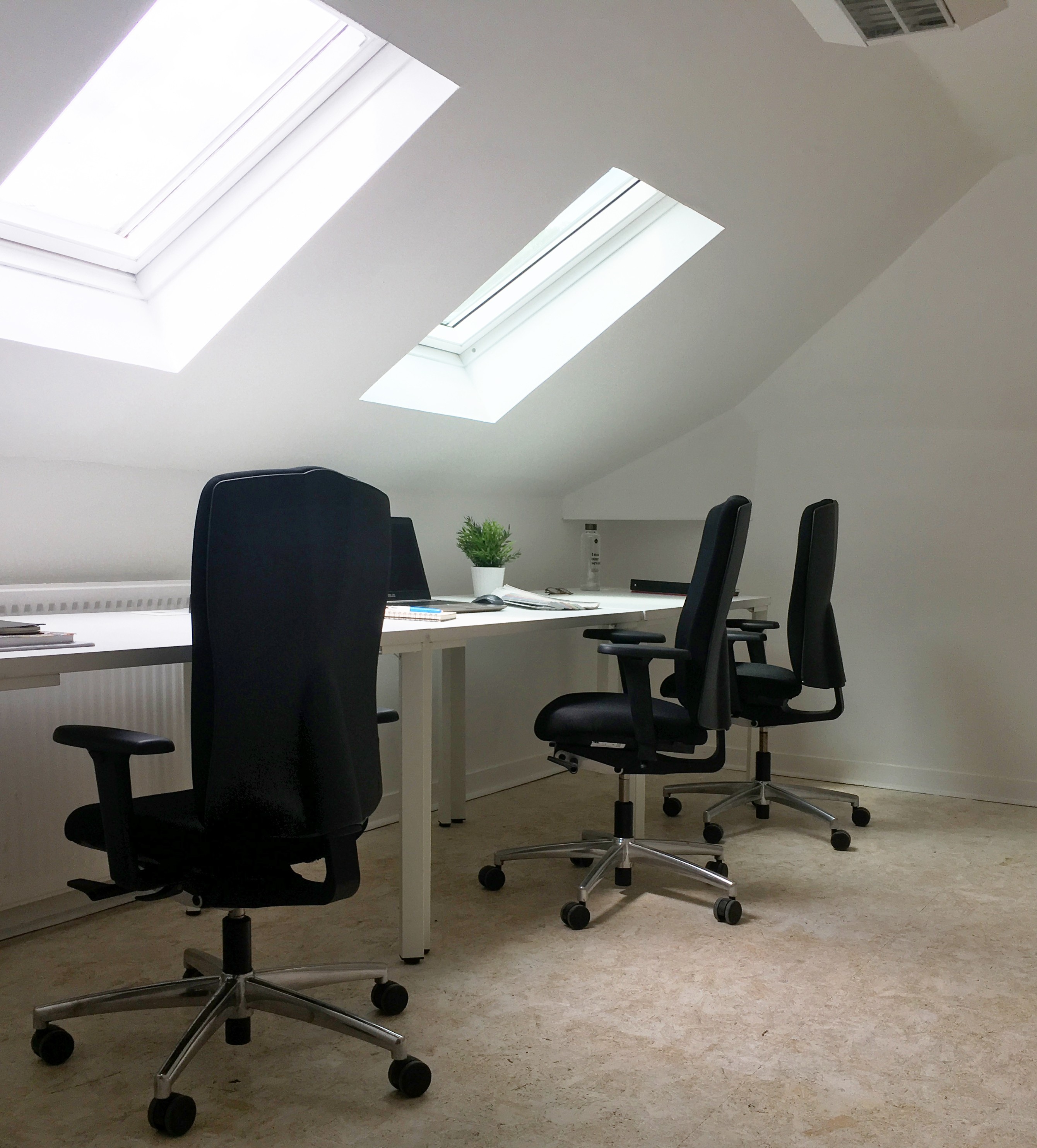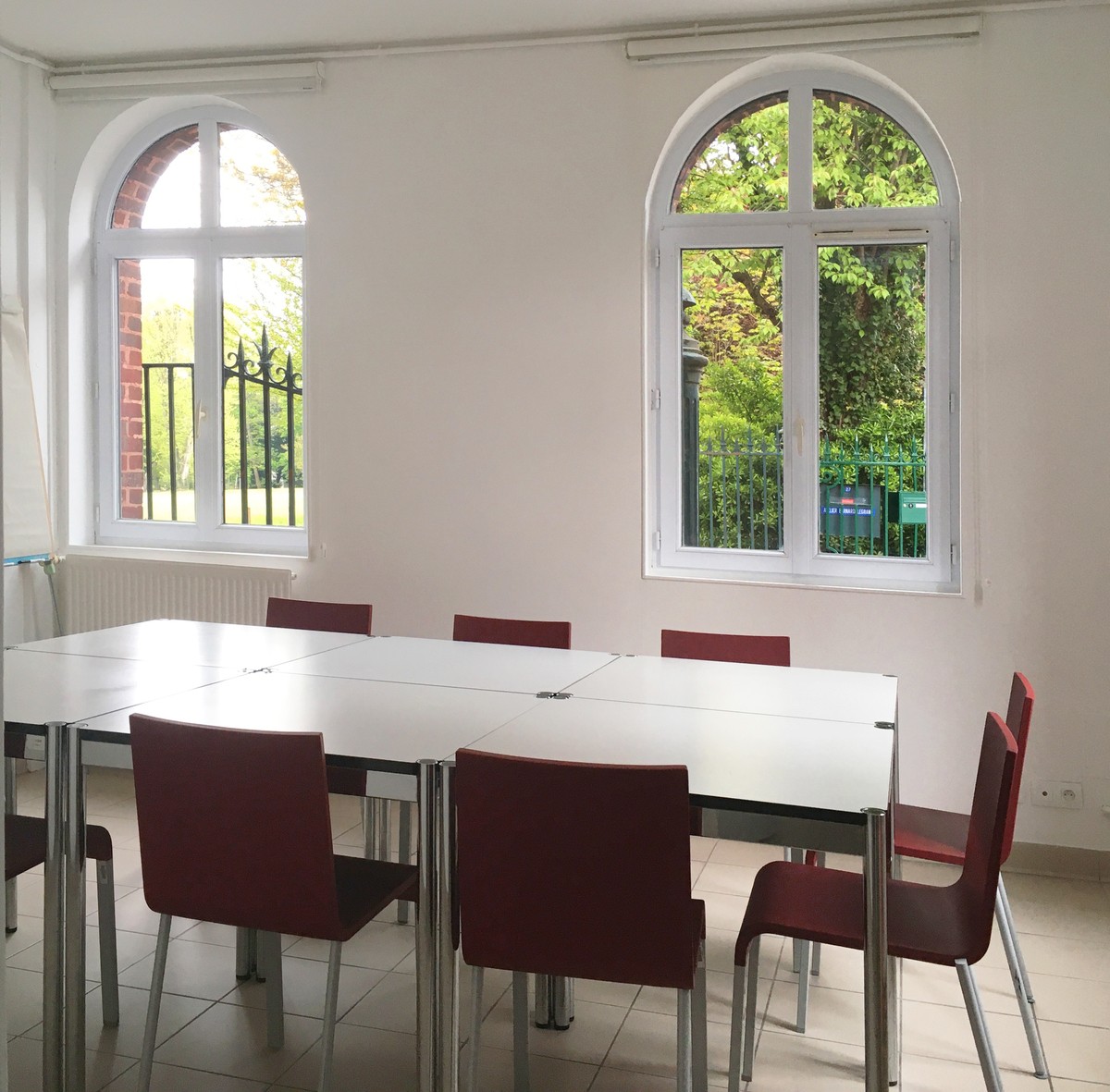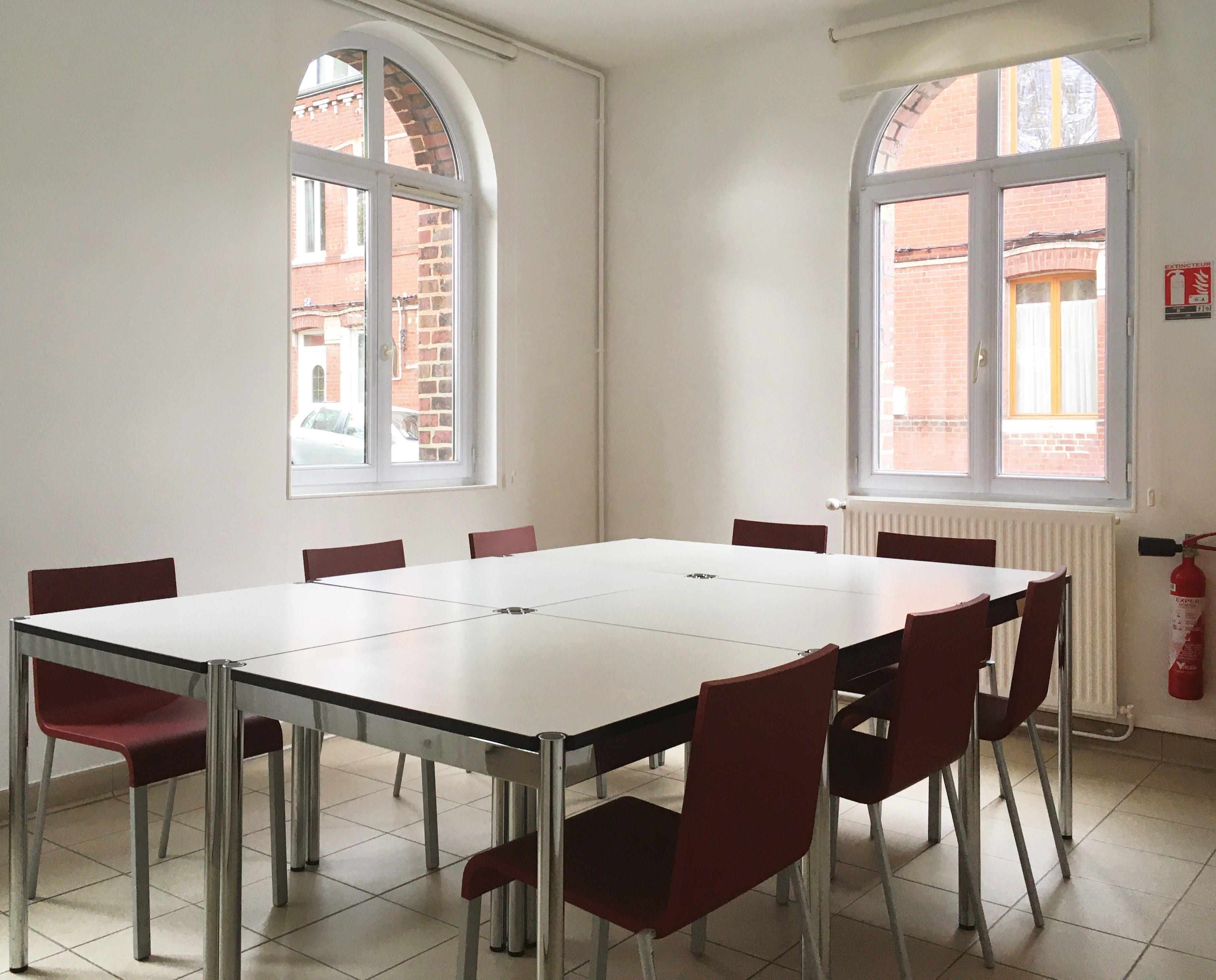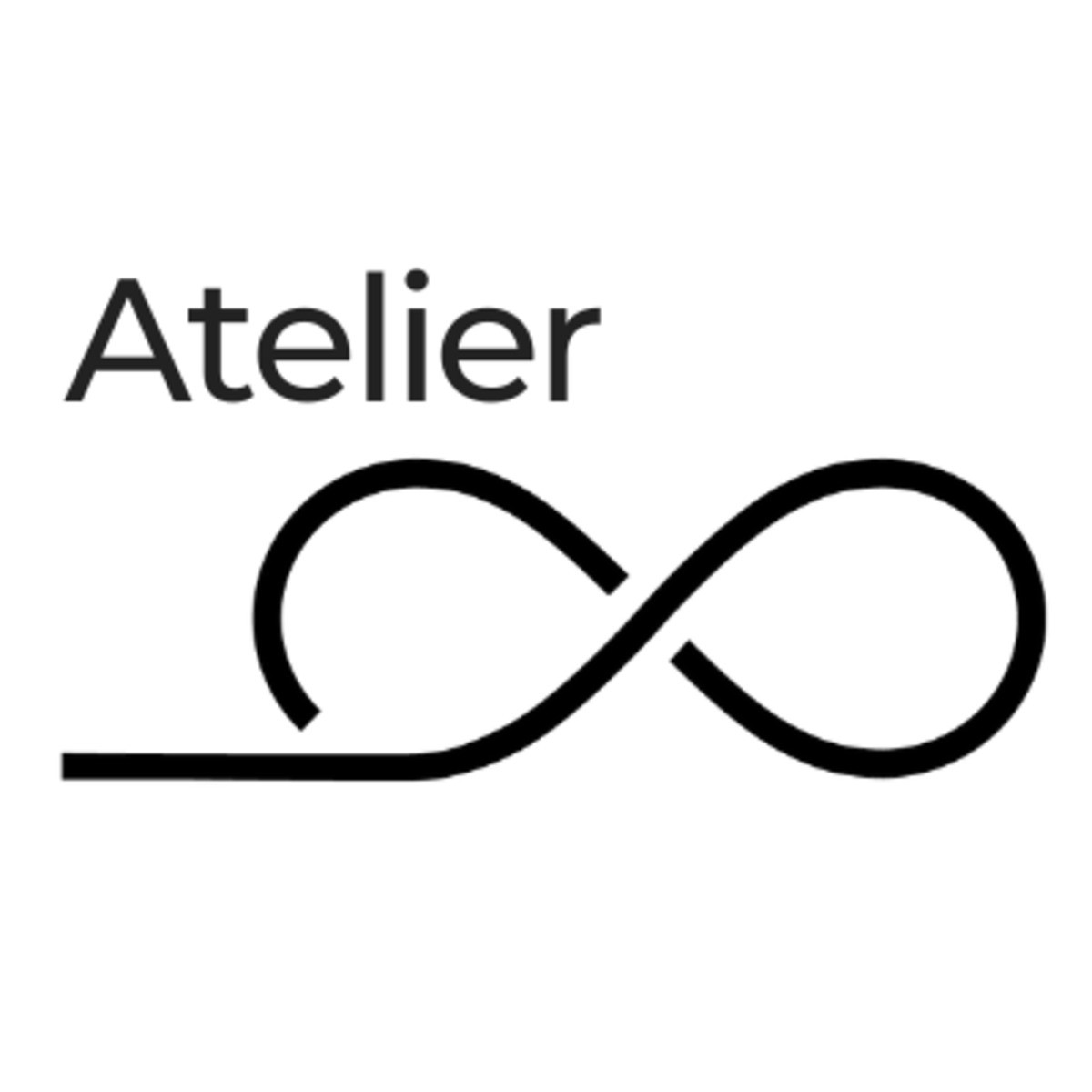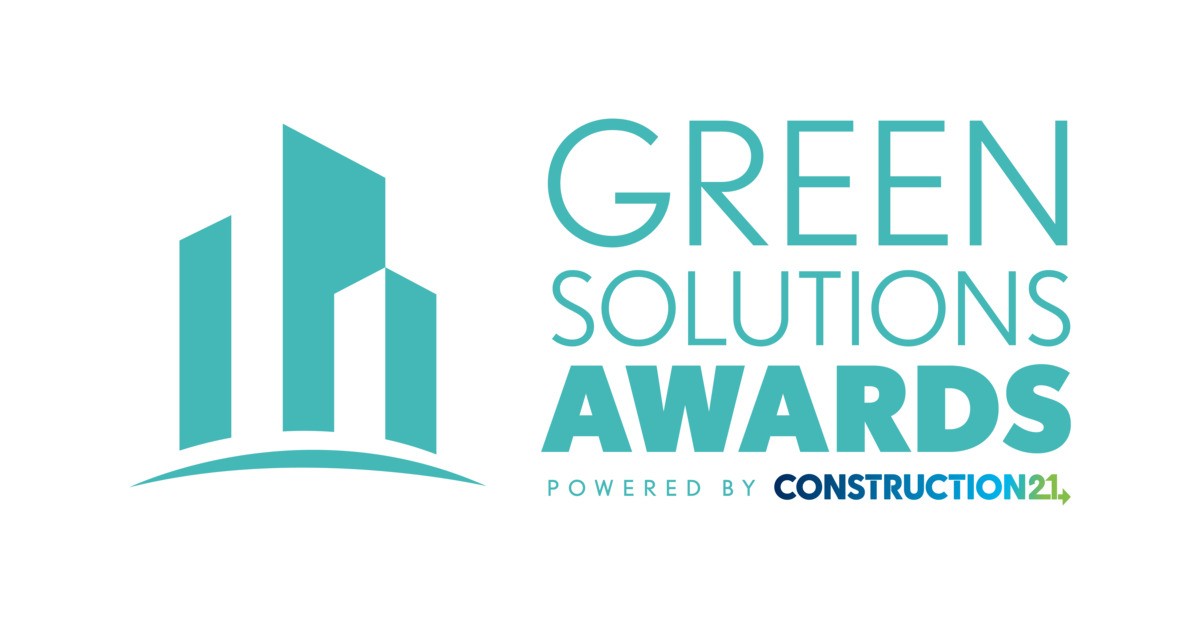La Fruitière - Rehabilitation of a former caretaker's house into a business incubator
Last modified by the author on 09/06/2021 - 16:55
Renovation
- Building Type : Office building < 28m
- Construction Year : 1890
- Delivery year : 2021
- Address 1 - street : 27, rue Lucien-Fromage 76160 DARNéTAL, France
- Climate zone : [Cfb] Marine Mild Winter, warm summer, no dry season.
- Net Floor Area : 90 m2
- Construction/refurbishment cost : 48 000 €
- Number of Work station : 11 Work station
- Cost/m2 : 533.33 €/m2
-
Primary energy need
43.87 kWhep/m2.an
(Calculation method : RT 2012 )
L'Atelier Infini, an eco-responsible architecture and interior design agency, was commissioned in January 2020 for the interior design of the offices and the choice of furniture for the future incubator. The objective being to design this space with a maximum of reuse.
4 principles are implemented by the architectural firm:
- A waste diagnosis and a photographic inventory within the building
A waste diagnosis and a photographic inventory were carried out by the Backacia company. They allowed to give an idea of the elements to be reused. They are essential for reuse in situ.
Following this diagnosis, several elements were reused as they are, such as the toilets but also the lights, suspensions, wall lights, according to the desire of the contracting authority wishing to keep elements that could appear to be “old-fashioned”. As they were functional they were reused.
The other particularity of the project was to reuse elements of other buildings that are part of the same structure. The project is located within the grounds of a school of architecture which is divided into several buildings. The architect suggested to the contracting authority to look among the material present in the various buildings to determine if some could be reused. Indeed, the shelves installed previously in some offices had been stored and could be reused.
- A reasoned design: adapting these uses and its program to the building
The goal was to transform the existing building as little as possible and to work with its constraints, namely several cramped rooms. These small spaces have allowed us to create different types of offices: for 3 and 4 people and individual offices. Thus, the school will be able to offer several accommodation offers. Finally, the meeting room (former living room) has been designed to be flexible in terms of uses.
- The establishment of an inventory of constraints to find reused furniture
Once the elements have been identified within the caretaker's house, an inventory of the equipment has been carried out as well as a list of technical constraints :
Desks: 9 → The top must be removable because of the narrow staircase. The dimension of a tray must be between 1100 × 600 to 1300 × 800 mm.
Small tables: 10 → Must be light, easily movable and between 300 × 500 to 400 × 700 mm.
Chairs → Must include a backrest, easily movable.
Office chairs: 9 → Must be ergonomic.
Shelves or storage → Variables: Can be opened or closed.
A kitchenette → Maximum dimension length: 2m60.
After researching materials resale platforms, the school of architecture sourced from a local player: Burodoc, a supplier of office furniture selling second-hand furniture.
- Involve companies in the process and collaborate with pioneers
The company in charge of the site played the game and offered to supply OSB sheets from offcuts from various sites as well as offcuts of plasterboard. Wishing to create uniformity among all the OSB boards supplied and their color differences, the contracting authority proposed to apply a whitish finish in order to standardize the floor and enlarge the space.
Sustainable development approach of the project owner
The MOA wanted an eco-responsible approach and to move towards reuse for this development project.
Objective: to show that it is possible to design / rehabilitate with reused materials. Help a former student in architecture in the development of a company that carries values of eco-responsibility.
Objective set: all the furniture in reuse. First reuse project for the MOA.
Architectural description
In terms of design, the objective was to transform the space as little as possible and to work with the constraints of the building: several small rooms. These small rooms have allowed us to create several types of offices: collective offices for 3 and 4 people and individual offices. These typologies are suitable for new companies. The school will therefore be able to offer several accommodation offers.
Another approach taken by the contracting authority was to keep elements that may seem “old-fashioned”, such as lighting, because they were functional.
If you had to do it again?
In the same way
Photo credit
Léa Credidio Managing Architect Atelier Infini
Contractor
Construction Manager
Stakeholders
Environmental consultancy
Backacia
Lucile Hamon
https://www.backacia.com/Waste diagnosis and resource inventory
Environmental consultancy
Burod'oc
Benjamin Semard
http://www.burodoc.com/Sale of used furniture
Type of market
Global performance contract
Energy consumption
- 43,87 kWhep/m2.an
Systems
- Condensing gas boiler
- Condensing gas boiler
- No cooling system
- Single flow
- No renewable energy systems
Urban environment
Product
Waste diagnosis and inventory service for items that can be reused
Backacia
https://www.backacia.com/Aménagement extérieurs / Déchets : collecte & valorisation
This offer provides personalized support during reuse operations.
Backacia carries out the studies and prescriptions necessary to achieve achievable reuse objectives.
The platform manages the monitoring of the reuse operation and the collection of monitoring data.
Construction and exploitation costs
- 48 000 €
Reuse : same function or different function
- Floorings
- Plumbing
- others...
Environmental assessment
- The emission of 4.6 tonnes eqCO2.
- The use of 1365.4 m3 of water.
- The production of 3.1 tons of waste.




